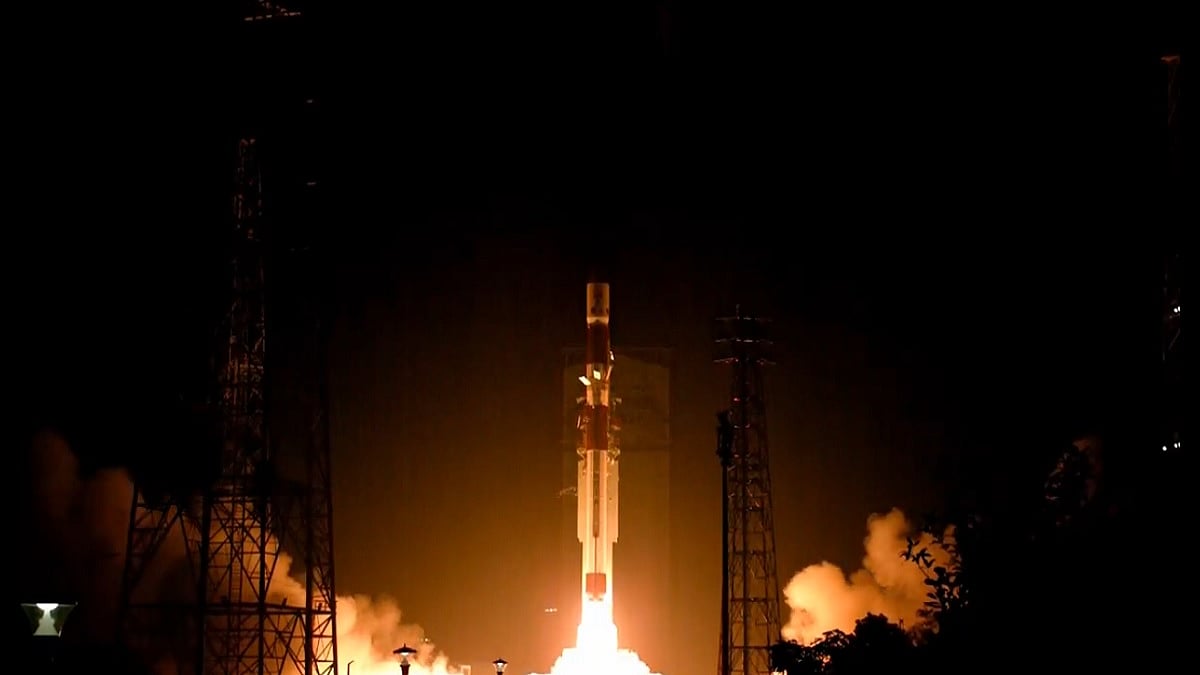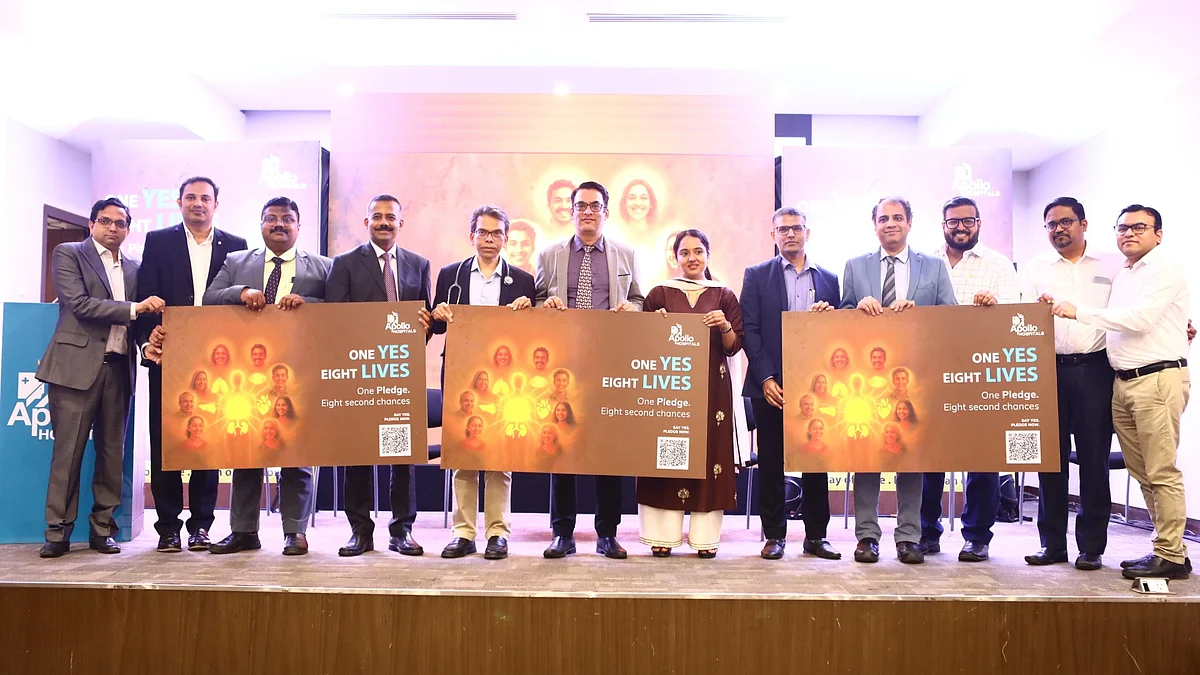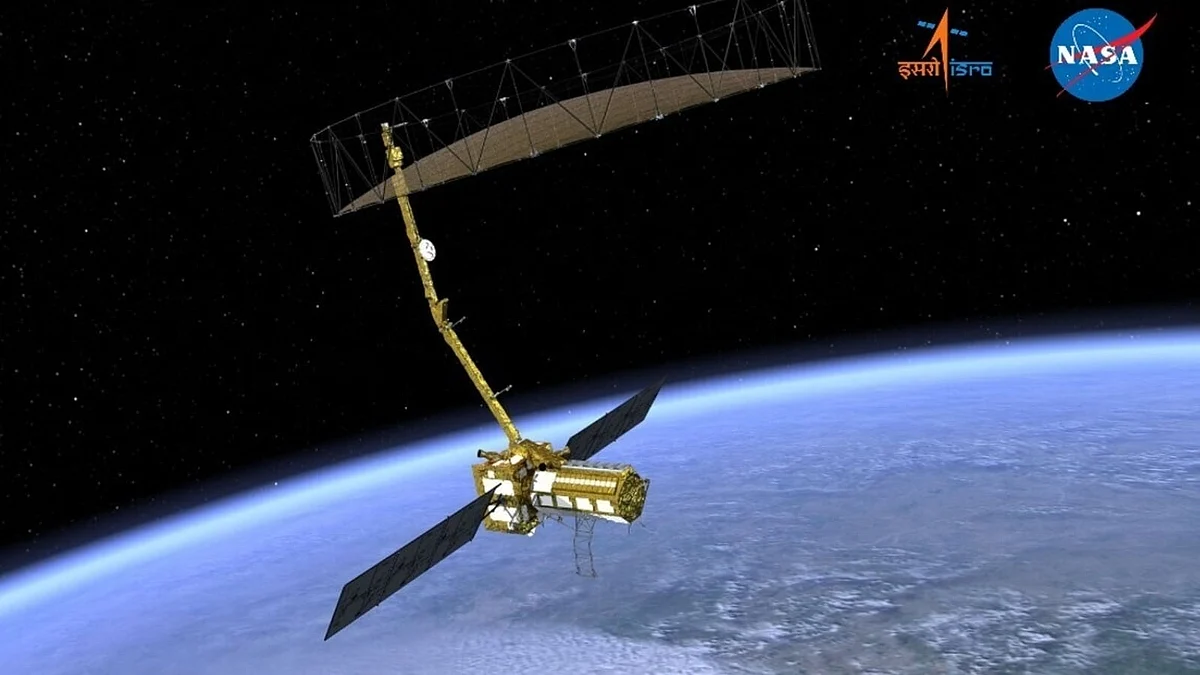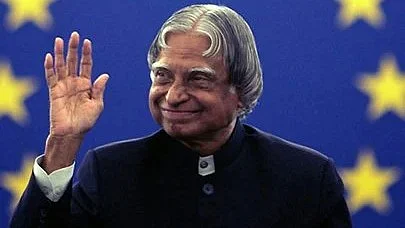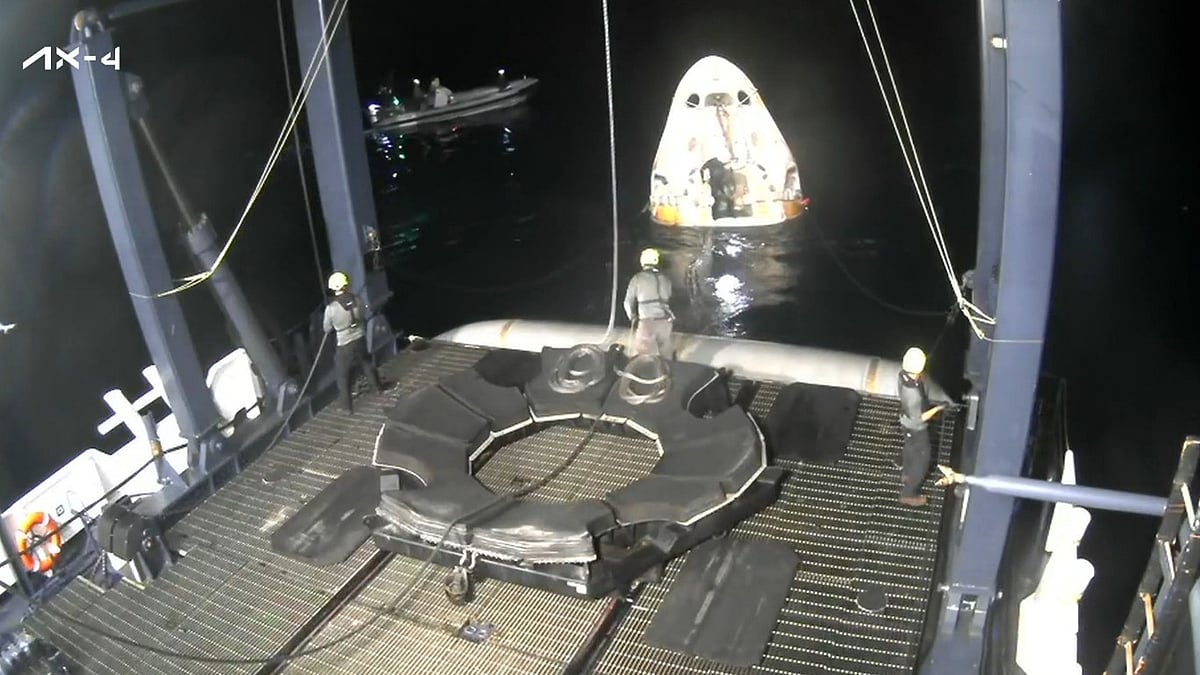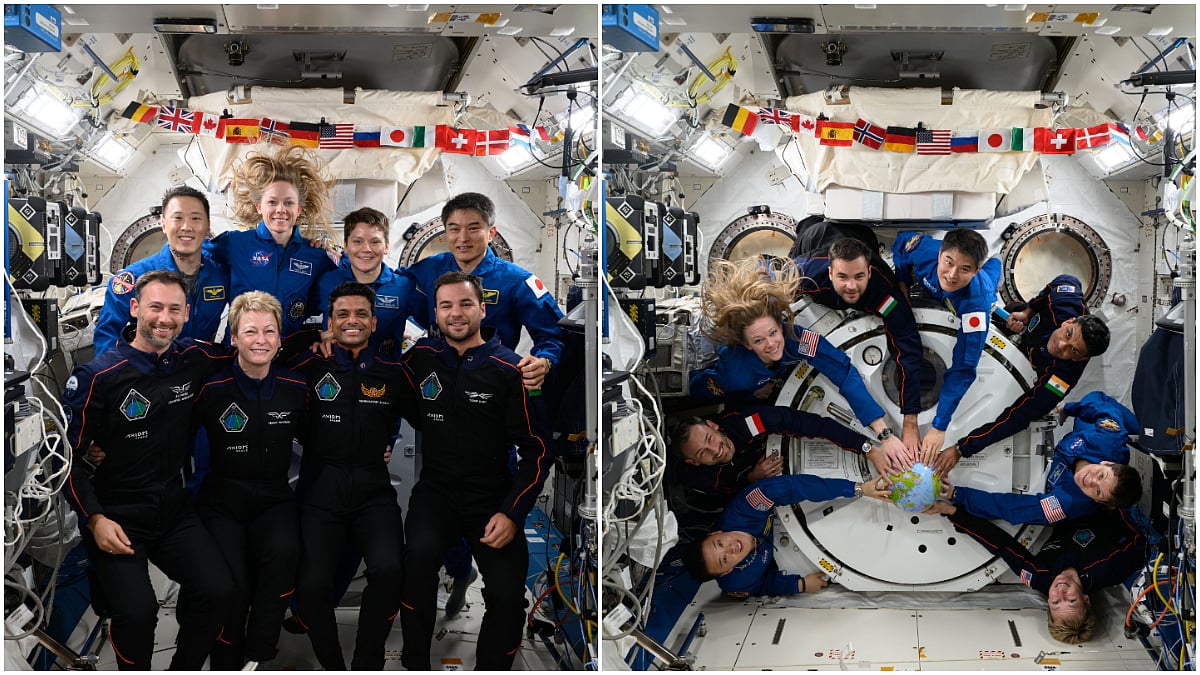New Delhi: The Indian Space Research Organisation (ISRO) on Thursday created history as it successfully completed the docking process of the Space Docking Experiment (SpaDeX). The ISRO docked two SpaDex satellites in the space as part of the mission.
"India docked its name in space history! Good Morning India ISRO’s SpaDeX mission accomplishes historic docking success. Proud to witness this moment!", ISRO said in an X post.
ISRO's Tweet:
India became the fourth country to carry out this manoeuvre after the United States, Russia and China . "Spacecraft docking successfully completed! A historic moment. Let’s walk through the SpaDeX docking process: Manoeuvre from 15m to 3m hold point completed. Docking initiated with precision, leading to successful spacecraft capture. Retraction completed smoothly, followed by rigidisation for stability. Docking successfully completed," the space agency said in another X post.
"India became the 4th country to achieve successful Space Docking. Congratulations to the entire team! Congratulations to India!" it added.
ISRO's Tweet:
Prime Minister Narendra Modi lauded the space agency for successfully docking the SpaDex satellites. “Congratulations to our scientists at @isro and the entire space fraternity for the successful demonstration of space docking of satellites. It is a significant stepping stone for India’s ambitious space missions in the years to come,” the prime Minister tweeted.
PM Modi's Tweet:
The development came four days after the ISRO brought the two satellites to three metres and then moved them back at a safe distance in its trial attempt. "A trial attempt to reach up to 15 metres and further to three metres is done. Moving back spacecraft to safe distance. The docking process will be done after analysing data further," ISRO had said in a post on X on January 12.
Notably, the Space Docking Experiment (SpaDeX) project missed two announced docking experiments scheduled for January 7 and January 9.
The space agency launched the mission on December 30. The PSLV C60 rocket, carrying two small satellites -- SDX01 (Chaser) and SDX02 (Target) -- along with 24 payloads, lifted off from the Satish Dhawan Space Centre in Sriharikota. About 15 minutes later, the two small spacecraft weighing about 220 kilogrammes each were launched into a 475-kilometre circular orbit, as intended.
About The Docking Mechanism:
"The docking mechanism is a low-impact docking system (approach velocity is in the order of 10 mm/s), androgynous (docking systems are identical for both spacecraft, Chaser & Target), and is a peripheral docking system (concept similar to the International Docking System Standard used by other agencies for human missions)," the space agency said.
“The mechanism is smaller (450 mm) with one degree of freedom for extension and uses two motors compared to the IDSS (800 mm) on a hexapod with 24 motors. Multiple test beds were established to test the hardware and software simulation of the docking kinematics to verify and finalise the docking approach parameters,” it added.
Post-Docking Activities:
After the docking and undocking events, the spacecraft will be separated and used for application missions.
A High-Resolution Camera (HRC) with a 4.5 m IGFOV and a swath of 9.2 x 9.2 km (snapshot mode) and 9.2 x 4.6 km (video mode) from a 450 km altitude is mounted in SDX01. This is a miniature version of the surveillance camera developed by SAC/ISRO.
A Miniature Multi-Spectral Payload (MMX) is mounted in SDX02, developed by SAC/ISRO. This has four VNIR bands (B1/B2/B3/B4) at 450 nm to 860 nm and a 25 m IGFOV with a swath of 100 km from a 450 km altitude. The imaging is useful for natural resource monitoring and vegetation studies.
A Radiation Monitor (RadMon) payload is mounted in SDX02, which will measure radiation dose encountered in space. This will help in generation of a radiation database for future Total Ionization Dosimeter (TID) and Single Event Upset (SEU) measurements for space science studies, with applications in human spaceflight.
About The SpaDex Mission:
The SpaDeX mission is a cost-effective technology demonstrator mission for the demonstration of in-space docking using two small spacecraft launched by PSLV. “This technology is essential for India's space ambitions such as Indian on Moon, sample return from the Moon, the building and operation of Bharatiya Antariksh Station (BAS), etc,” the ISRO said. In-space docking technology is essential when multiple rocket launches are required to achieve common mission objectives. Through this mission, India is marching towards becoming the fourth country in the world to have space docking technology.
